

Articles
What Is A Hot Pot Restaurant
Modified: February 20, 2024
Discover the ultimate dining experience at a hot pot restaurant. Indulge in flavorful broths, fresh ingredients, and interactive cooking. Read more articles on hot pot restaurants.
(Many of the links in this article redirect to a specific reviewed product. Your purchase of these products through affiliate links helps to generate commission for Storables.com, at no extra cost. Learn more)
Introduction
Welcome to the tantalizing world of hot pot restaurants! If you’re a fan of communal dining, interactive meals, and exploring new flavors, then hot pot restaurants are a must-try experience. In this article, we’ll delve into the exciting realm of hot pot, discussing everything from its definition and history to the health benefits and etiquette of enjoying a hot pot meal.
Hot pot is a popular dining concept that originated in China and has since spread across the globe, captivating the taste buds of people from different cultures. It offers a unique and interactive dining experience, where diners gather around a pot of simmering broth and cook various ingredients right at their table.
The beauty of hot pot lies in its versatility. Whether you’re a meat lover, seafood enthusiast, or vegetarian, there is a hot pot variation to suit your preferences. From spicy Sichuan hot pot to savory Japanese shabu-shabu, the possibilities are endless.
Hot pot restaurants have become increasingly popular because they provide a fantastic opportunity to socialize with friends and family. The communal aspect of the meal encourages sharing, laughter, and the joy of cooking together. It’s a wonderful way to create lasting memories while enjoying a delicious meal.
Stepping into a hot pot restaurant, you’ll find a vibrant and lively atmosphere. The aroma of simmering broths and sizzling ingredients will instantly entice you, evoking a sense of anticipation for the culinary adventure that lies ahead.
As you take a seat at a cozy table adorned with a built-in cooktop, you’ll be presented with an array of fresh and flavorful ingredients. From thinly sliced meats and dumplings to fresh vegetables, mushrooms, and seafood, the choices are extensive. You can customize your hot pot experience by selecting the ingredients that appeal to your taste buds.
Once the pot of broth is brought to a boil, the real fun begins. Using small baskets or ladles, you and your dining companions will dip chosen ingredients into the bubbling broth, allowing them to cook to perfection. Whether you prefer your food lightly cooked or well-done, the control is in your hands.
To enhance the flavors, most hot pot restaurants offer an assortment of dipping sauces. These sauces can be mixed and matched, creating personalized flavor profiles that complement the cooked ingredients. From spicy chili oil to soy-based sauces, you can experiment and discover your own favorite combinations.
Hot pot restaurants have gained immense popularity not only for their delicious flavors and communal dining experience but also for their health benefits. The emphasis on fresh ingredients, minimal processing, and the use of broths with nutritious properties make hot pot a wholesome and satisfying meal choice.
In the following sections of this article, we will dive deeper into the definition and history of hot pot, explore the different types of hot pot restaurants, discuss popular ingredients, go over hot pot etiquette, and uncover the health benefits of this unique dining experience. So, get ready to embark on a gastronomic journey that will leave your taste buds satisfied and your spirits lifted.
Key Takeaways:
- Hot pot restaurants offer a vibrant, interactive dining experience that brings people together to cook and share a wide variety of ingredients, creating lasting memories and social connections.
- Hot pot provides not only a delicious feast but also health benefits, offering a nutrient-rich, customizable meal with minimal processing, promoting hydration, heart health, and social interaction.
Read more: What Is A Hot Pot?
Definition of a Hot Pot Restaurant
A hot pot restaurant is a dining establishment that specializes in serving hot pot dishes, also known as steamboat or shabu-shabu. Hot pot is a cooking method where a communal pot of simmering broth is placed at the center of the table, and diners cook their own food by dipping raw ingredients into the hot broth.
The concept of hot pot revolves around the idea of sharing a meal and enjoying the interactive cooking experience. It brings together friends, family, or even strangers to gather around a table, engage in conversation, and create a personalized culinary adventure.
The hot pot restaurant experience typically starts with choosing the type of broth. There are various options available, ranging from mild and comforting to spicy and bold. Broths can be made with a variety of ingredients such as chicken, beef, pork, seafood, or even vegetarian options like mushroom or vegetable broth. The choice of broth sets the foundation for the flavors and aromas that will infuse the ingredients during the cooking process.
Once the broth is selected, an assortment of raw ingredients is provided for diners to cook in the pot. These ingredients often include thinly sliced meats such as beef, lamb, or pork, as well as an array of seafood, such as shrimp, fish balls, and squid. Vegetables like cabbage, lettuce, and mushrooms are also common additions. Some hot pot restaurants may even offer unique ingredients like quail eggs, tofu products, or dumplings to further enhance the dining experience.
As the pot of broth begins to simmer, diners use special utensils like metal baskets or small ladles to dip their chosen ingredients into the broth. The cooking time varies depending on the ingredient, with thinly sliced meats and seafood typically requiring only a few seconds to cook, while vegetables may take a bit longer to soften.
One of the joys of dining at a hot pot restaurant is the ability to customize each bite. Diners can control the cooking time of their ingredients, ensuring they are cooked to their desired level of doneness. Once the ingredients are cooked to perfection, they are often enjoyed with a variety of dipping sauces, allowing diners to further enhance the flavors according to their personal preferences.
Hot pot restaurants have become increasingly popular worldwide due to their communal nature, interactive cooking style, and the opportunity to explore a wide range of flavors and ingredients. Whether you’re a meat lover, seafood enthusiast, or vegetarian, there’s a hot pot variation to cater to your culinary preferences.
So the next time you’re looking for a unique dining experience that encourages sharing, laughter, and the pleasure of cooking together, consider visiting a hot pot restaurant. Indulge in the rich and savory flavors, bond with your companions over a steaming pot of broth, and create unforgettable memories that will keep you coming back for more hot pot adventures.
Origin and History of Hot Pot
The origins of hot pot can be traced back thousands of years to ancient China. It is believed to have originated during the Eastern Han Dynasty (25-220 AD) and has since evolved and spread to various parts of Asia and the world.
The concept of communal cooking and sharing a meal around a simmering pot of broth can be attributed to the nomadic tribes that roamed the Mongolian and Tibetan regions of China. These tribes, known for their reliance on meat and dairy products, developed a unique method of cooking by placing a large pot filled with broth over an open fire. They would then add slices of meat and vegetables, allowing them to cook slowly and infuse the broth with flavor.
Over time, this cooking method gained popularity and became known as “hot pot” or “huǒ guō” in Mandarin. The hot pot tradition spread throughout China, adapting and incorporating regional flavors and variations. Each region developed its unique style of hot pot, featuring different ingredients, broths, and dipping sauces.
Among the various regional styles, Sichuan hot pot stands out for its bold and spicy flavors. Sichuan cuisine is renowned for its use of numbing and spicy ingredients like Sichuan peppercorns and chili peppers. Sichuan hot pot is often characterized by a fiery red broth that is packed with flavor and guaranteed to excite the taste buds.
Another notable style is the Cantonese hot pot, which emphasizes the freshness and natural flavors of the ingredients. Cantonese cuisine is known for its delicate and balanced flavors, and hot pot is no exception. The broths used in Cantonese hot pot are often clear and mild, allowing the natural flavors of the ingredients to shine through.
As Chinese immigrants traveled to different parts of the world, they brought along their culinary traditions, including the art of hot pot. Hot pot restaurants started popping up in Chinatowns and expatriate communities, introducing people from different cultural backgrounds to this unique dining experience.
Today, hot pot has gained an international following, with countless hot pot restaurants found in major cities around the world. It has also transcended cultural boundaries, inspiring variations and adaptations specific to different regions and countries.
In Japan, hot pot is known as “shabu-shabu” and is often enjoyed with thinly sliced beef and a variety of vegetables. Korean cuisine offers a similar communal dining experience known as “jeongol,” where a wide range of ingredients are cooked in a flavorful broth. Even in Western countries, hot pot continues to gain popularity as people seek interactive and social dining experiences.
The evolution and widespread popularity of hot pot can be attributed to its ability to bring people together, celebrate the joy of sharing a meal, and explore a multitude of flavors. It remains a beloved culinary tradition that satisfies not only the stomach but also the heart and soul.
Hot Pot Restaurant Experience
Stepping into a hot pot restaurant, you enter a world filled with bubbling broths, tantalizing aromas, and the promise of a unique dining experience. The hot pot restaurant experience is much more than just a meal; it’s a journey that engages all of your senses and brings people together.
As you find your seat at a table equipped with a built-in stove or induction cooktop, the friendly staff will guide you through the menu and help you select the type of broth for your hot pot. Broths can range from mild and comforting to spicy and bold, offering a diverse array of flavors to suit various palates.
Once you’ve made your broth selection, a pot filled with your chosen broth will be placed at the center of the table. The broth will start to bubble and simmer, releasing enticing aromas that signal the start of your hot pot adventure.
Next, a tantalizing array of raw ingredients will be presented to you. These ingredients often include thinly sliced meats such as beef, lamb, or pork, as well as an assortment of seafood like shrimp, fish balls, and squid. Vegetables like cabbage, lettuce, and mushrooms are also common additions. Some hot pot restaurants may even offer unique ingredients like quail eggs, tofu products, or dumplings to further enhance the dining experience.
With an assortment of fresh ingredients before you, it’s time to start cooking. Using special utensils like metal baskets or small ladles, you and your dining companions will dip the raw ingredients into the simmering broth, allowing them to cook to perfection. The cooking time will vary depending on the ingredient, allowing you to customize the level of doneness according to your preference.
As you wait for the ingredients to cook, take in the vibrant atmosphere of the restaurant. The sizzling sounds, the lively conversations around you, and the sight of other diners enjoying their hot pot meals create an atmosphere filled with warmth and excitement.
Once the ingredients are cooked to your satisfaction, it’s time to indulge in the flavors that have been infused into them by the simmering broth. Every bite is a delightful combination of tender meat, flavorful seafood, and crisp vegetables, all enhanced by the savory broth in which they were cooked.
To elevate the flavors even further, hot pot restaurants often provide a variety of dipping sauces. These sauces can be mixed and matched according to your taste preferences, allowing you to create personalized combinations that complement the cooked ingredients. From spicy chili oil to tangy soy-based sauces, the dipping sauce selection adds another level of customization to your hot pot experience.
The interactive nature of hot pot creates an environment for conversation and connection. As you cook and eat together, you can share stories, discuss the flavors, and bond with your dining companions. It’s a communal experience that fosters togetherness and creates lasting memories.
As you near the end of your hot pot meal, the flavors intensify as the broth becomes infused with the essence of all the ingredients that have been cooked in it. Some hot pot restaurants offer the option of adding noodles to the remaining broth, turning it into a flavorful soup to be enjoyed as the final course.
When you finally finish your hot pot meal, you’ll leave the restaurant with a satisfied stomach and a sense of fulfillment. The hot pot restaurant experience is more than just a meal; it’s an adventure that immerses you in a world of flavors, laughter, and connection. So gather your friends or family, prepare to cook together, and embark on an unforgettable hot pot journey.
Types of Hot Pot Restaurants
Hot pot restaurants come in various styles, each offering unique flavors and dining experiences. From traditional Chinese hot pot to modern fusion concepts, here are some of the different types of hot pot restaurants you may encounter:
- Chinese Hot Pot: As the birthplace of hot pot, China boasts a wide range of regional variations. Sichuan hot pot is known for its spicy and numbing flavors, while Cantonese hot pot emphasizes freshness and natural flavors. Mongolian-style hot pot, on the other hand, often includes hearty ingredients like lamb and is enjoyed by dipping them into a rich broth.
- Japanese Shabu-Shabu: Japan has its own take on hot pot called shabu-shabu. Shabu-shabu is characterized by thinly sliced beef, pork, or seafood, as well as an array of fresh vegetables. The ingredients are cooked by briefly swishing them in a hot pot of boiling broth and then enjoyed with dipping sauces.
- Korean Jeongol: Jeongol is the Korean version of hot pot, typically featuring a variety of ingredients such as meat, vegetables, and noodles cooked in a flavorful broth. Jeongol often includes popular Korean ingredients like kimchi and gochujang, providing a unique and spicy twist to the hot pot experience.
- Thai Steamboat: In Thailand, hot pot is commonly known as Thai steamboat. Thai steamboat often features a combination of fresh seafood, meats, and an assortment of Thai herbs and spices. The broths used are often infused with flavors like lemongrass, kaffir lime leaves, and galangal, providing a refreshing and aromatic twist.
- Fusion Hot Pot: With the growing popularity and globalization of hot pot, many restaurants have started to experiment with fusion concepts. These hot pot establishments infuse different culinary influences and flavors to create unique and innovative hot pot experiences. You may find fusion hot pots that incorporate elements of Western cuisine, exotic ingredients, or unexpected flavor combinations.
Each type of hot pot restaurant offers its own distinct flavors, cooking techniques, and dining rituals. Whether you prefer the fiery spiciness of Sichuan hot pot or the delicate flavors of Cantonese hot pot, there’s a hot pot variation suited to satisfy your taste buds.
When choosing a hot pot restaurant, consider the type of hot pot and flavors you’re craving, as well as the ambiance and dining experience you desire. Exploring different types of hot pot restaurants can be an exciting culinary journey, allowing you to discover new flavors and expand your appreciation for this beloved dining tradition.
When dining at a hot pot restaurant, be sure to try a variety of meats, seafood, and vegetables. Don’t forget to mix your own dipping sauce using soy sauce, sesame oil, and other condiments provided. Enjoy the interactive and communal dining experience!
Read more: What Is A British Hot Pot
Choosing a Hot Pot Restaurant
With the increasing popularity of hot pot restaurants, choosing the right one can sometimes be a daunting task. To ensure a satisfying dining experience, consider the following factors when selecting a hot pot restaurant:
- Quality of Ingredients: One of the key factors in choosing a hot pot restaurant is the quality of ingredients. Look for a restaurant that emphasizes fresh, high-quality meats, seafood, and vegetables. Pay attention to the variety and freshness of ingredients displayed at the buffet or offered in the menu.
- Broth Selection: The broth is the heart of a hot pot meal, so it’s crucial to consider the options available. Look for a restaurant that offers a diverse range of flavorful broths, catering to different preferences and dietary restrictions. Whether you prefer spicy, mild, vegetarian, or unique broths, choose a place that has an appealing selection.
- Ambiance and Atmosphere: The ambiance and atmosphere of a hot pot restaurant can significantly impact your dining experience. Some hot pot restaurants have a bustling and lively atmosphere, while others may offer a more relaxed and intimate setting. Consider the type of ambiance that matches your preferences and the occasion.
- Service and Hygiene: Pay attention to the level of service and cleanliness in the restaurant. Friendly and attentive staff can enhance your overall dining experience, while a clean and hygienic environment is essential for food safety. Look for restaurants that prioritize cleanliness and provide excellent customer service.
- Specialty Offerings: Some hot pot restaurants specialize in specific types of hot pot or offer unique ingredients and flavors. If you have a particular hot pot variation or ingredient in mind, research restaurants that cater to your preferences. Whether it’s a specific regional style or fusion concept, choosing a hot pot restaurant that specializes in your desired experience can enhance your enjoyment.
- Reviews and Recommendations: Before making your decision, read reviews and seek recommendations from friends or online platforms. Hearing about the experiences of others can give you valuable insights into the quality of food, service, and overall dining experience offered by different hot pot restaurants.
- Pricing: Consider your budget when choosing a hot pot restaurant. Prices can vary greatly depending on factors such as the quality of ingredients, the location of the establishment, and the offerings included in their hot pot menu. Be sure to check the pricing structure and determine if it aligns with your expectations.
By considering these factors, you’ll be able to choose a hot pot restaurant that suits your preferences and ensures a memorable dining experience. Remember, the beauty of hot pot lies in the interactive and communal nature of the meal, so gather your friends and loved ones, embark on a hot pot adventure, and enjoy the joy of cooking and sharing a delicious meal together.
Popular Hot Pot Ingredients
Hot pot offers a wide array of ingredients to cook and enjoy in the simmering broth. Here are some of the popular ingredients commonly found in hot pot restaurants:
- Thinly Sliced Meat: Thinly sliced meats such as beef, lamb, and pork are classic choices for hot pot. The thin slices cook quickly in the hot broth, resulting in tender and flavorful meat.
- Seafood: Seafood lovers can indulge in a variety of options like shrimp, fish balls, squid, scallops, and crab. The natural sweetness of seafood enhances the savory broth and adds a delightful oceanic flavor to your hot pot.
- Vegetables: Fresh vegetables add color, texture, and nutrition to your hot pot experience. Common vegetable choices include cabbage, lettuce, spinach, mushrooms, bean sprouts, and Chinese greens like bok choy. These vegetables cook quickly and provide a refreshing balance to the rich flavors of the broth.
- Tofu and Tofu Products: Tofu is a versatile ingredient that absorbs the flavors of the broth. Firm tofu, silken tofu, tofu skin, tofu puffs, and tofu balls are popular choices to complement the meat and seafood in your hot pot.
- Dumplings and Noodles: Many hot pot restaurants offer various dumplings and noodles to enjoy in the flavorful broth. Dumplings filled with meat, vegetables, or seafood provide an extra burst of flavor. Noodles like udon, rice noodles, glass noodles, or even instant noodles can be added to complete your hot pot meal.
- Mushrooms: Mushrooms are a staple in hot pot due to their rich umami flavor and unique textures. Common mushroom options include shiitake, enoki, oyster mushrooms, and wood ear mushrooms. These earthy delights bring depth to the broth.
- Eggs: Quail eggs and sometimes chicken eggs are popular choices for hot pot. These small, delicate eggs offer a delightful addition to the boiling broth, adding richness and a creamy texture to your cooked ingredients.
- Sauces and Condiments: Alongside the ingredients, hot pot restaurants provide a variety of dipping sauces and condiments to enhance the flavors. Common options include sesame sauce, soy sauce, chili oil, garlic, scallions, cilantro, and vinegar. Mixing and matching sauces allows you to personalize the taste according to your preference.
These are just a few examples of the wide variety of ingredients you can choose from to create your perfect hot pot. Remember, the beauty of hot pot lies in the ability to tailor your meal to your own taste. Pick your favorites, dip them into the bubbling broth, and savor the delicious flavors as you enjoy the interactive and communal dining experience of hot pot.
Hot Pot Etiquette
Hot pot dining is not only a delicious culinary experience but also one that comes with its own set of etiquette. To fully enjoy the hot pot experience and ensure a pleasant atmosphere for everyone, consider the following hot pot etiquette:
- Sharing is Caring: Hot pot is a communal dining experience, so it’s important to share the ingredients, space, and cooking utensils with your dining companions. Avoid hogging the ingredients or monopolizing the space around the hot pot.
- Considerate Cooking: When cooking your ingredients, be mindful of cooking times and avoid overcrowding the pot. Cook only a small portion at a time to ensure everything cooks evenly and efficiently.
- Respect Broth Selection: If dining with a group, discuss and agree on the type of broth to be used. Take into consideration the preferences and dietary restrictions of your fellow diners to ensure a harmonious dining experience.
- Don’t Double Dip: When using communal utensils such as strainers or ladles to pick up ingredients, avoid double dipping. Use your personal utensils or serving chopsticks to transfer cooked food from the pot to your individual bowl or plate.
- Mindful Dipping: When dipping raw ingredients into the hot pot, ensure that you do not contaminate the shared broth by accidentally touching utensils that have come into contact with your mouth or uncooked meat. Dip the ingredients swiftly and avoid splashing the broth.
- Considerate Dipping Sauces: When using the communal dipping sauces, exercise consideration by using a clean spoon or individual saucers to portion out the sauces. Avoid double dipping into the sauce bowls to maintain cleanliness.
- Respectful Eating Pace: Try to match the eating pace of those around you. Hot pot meals are best enjoyed when everyone is eating together, ensuring that the ingredients remain fresh and the broth maintains its ideal temperature.
- Mindful Noise Level: While it’s natural to engage in conversation and laughter during the meal, be mindful of the noise level to ensure a comfortable environment for all diners. Avoid excessively loud conversations or disruptive behavior.
- Cleanliness: Keep the dining area clean and tidy. Dispose of used tissues, empty shells, and other waste appropriately. If you notice any spills or messes, do your part in cleaning them up or inform the staff for assistance.
- Gratitude: Show appreciation to the staff for their service and the chef for the delicious meal. A simple thank you goes a long way in acknowledging their efforts in providing you with a memorable hot pot experience.
By following these hot pot etiquette guidelines, you can ensure a harmonious and enjoyable dining experience for yourself and your fellow diners. Embrace the communal nature of hot pot, be considerate of others, and savor the flavors as you partake in this interactive and social dining tradition.
Health Benefits of Eating Hot Pot
Aside from being a delicious and enjoyable dining experience, hot pot also offers several health benefits due to its emphasis on fresh ingredients, minimal processing, and the use of nutritious broths. Let’s explore some of the health benefits of eating hot pot:
- Nutrient-Rich Ingredients: Hot pot typically includes a wide variety of vegetables, seafood, and lean meats. These ingredients are rich in essential vitamins, minerals, and antioxidants that contribute to overall health and well-being.
- Low in Fat and Calories: Hot pot allows you to control the cooking process, allowing for minimal use of oil. Simmering the ingredients in broth instead of frying or sautéing them reduces the overall fat and calorie content of the meal.
- Enhances Digestion: The warm and simmering broth in hot pot can help stimulate digestion. It provides gentle warmth to the stomach and can be soothing, especially during colder seasons.
- Hydration: Hot pot broths often require plenty of liquid, which helps keep you hydrated. In addition to drinking water, the consumption of broth and the moisture from the cooked ingredients can contribute to maintaining proper hydration levels.
- Customizable Portion Sizes: Hot pot allows you to control your portion sizes by choosing the ingredients you add to the pot. By focusing on vegetables and lean proteins while limiting starchy or fatty ingredients, you can create a balanced and portion-controlled meal.
- Encourages Vegetable Consumption: Hot pot provides a wonderful opportunity to increase your vegetable intake. By cooking vegetables in the flavorful broth, you can enhance their taste and texture, making them more appealing and enjoyable to eat.
- Supports Heart Health: The use of lean meats, seafood, and broth in hot pot can contribute to a heart-healthy diet. These ingredients are typically lower in saturated fats and cholesterol, which are beneficial for maintaining cardiovascular health.
- Promotes Social Interaction: The communal nature of hot pot promotes social interaction, which has been linked to several health benefits. Enjoying a meal with family and friends can reduce stress levels, boost mood, and strengthen relationships.
- Keeps You Warm: Hot pot is a particularly popular choice during colder months as the warm broth and steam help to warm the body from within. It provides comfort and helps to ward off the chills.
- Reduced Processing: Compared to many other cooking methods, hot pot involves minimal processing. The ingredients are cooked briefly in the broth, helping to retain their natural flavors, textures, and nutrients.
It’s important to note that the health benefits of hot pot depend on the ingredients and choices you make during the meal. Opting for fresh, high-quality ingredients, incorporating a variety of vegetables, and selecting broths that are low in sodium can maximize the health benefits of your hot pot experience.
Ultimately, hot pot offers a wholesome and satisfying dining experience that can contribute to a balanced and nutritious diet. So gather your friends and loved ones, dip into a pot of simmering goodness, and enjoy the health benefits and flavorful journey that hot pot has to offer.
Read more: What Is Japanese Hot Pot
Conclusion
Hot pot restaurants offer more than just a meal; they provide a unique and interactive dining experience that engages all of your senses. From the bubbling pot of flavorful broth to the vibrant assortment of ingredients, hot pot offers a culinary adventure that brings people together.
Originating in ancient China, hot pot has evolved and spread to various regions and cultures, each adding its own flavors and variations. Whether you prefer the fiery and numbing spice of Sichuan hot pot, the delicate and fresh flavors of Cantonese hot pot, or the interactive experience of Japanese shabu-shabu, there’s a hot pot style to cater to every palate.
The joy of hot pot lies in the communal aspect of the meal. Gathering around a simmering pot, you have the opportunity to cook and share a wide variety of ingredients with your dining companions. It’s a chance to socialize, bond, and create lasting memories together.
When choosing a hot pot restaurant, consider factors such as the quality of ingredients, the selection of broths, the ambiance, and the service provided. With a plethora of hot pot restaurants available, you can tailor your choice to suit your preferences and create the ideal dining experience.
Hot pot offers not only an indulgent feast but also several health benefits. From providing a nutrient-rich meal with minimal processing to promoting hydration and heart health, hot pot can be enjoyed as part of a balanced and wholesome diet.
Whether you’re seeking a comforting meal during the colder months, wanting to try new flavors, or simply craving a communal dining experience, hot pot has something to offer. The flavors, the aromas, and the laughter shared around the hot pot create a warm and inviting atmosphere that will leave you wanting more.
So, take a dip into the world of hot pot, explore the regional variations, try different ingredients, and savor the rich and delicious flavors. Whether you’re a hot pot enthusiast or new to this culinary delight, immerse yourself in the interactive and social experience of hot pot and enjoy the delight it brings to your table.
Frequently Asked Questions about What Is A Hot Pot Restaurant
Was this page helpful?
At Storables.com, we guarantee accurate and reliable information. Our content, validated by Expert Board Contributors, is crafted following stringent Editorial Policies. We're committed to providing you with well-researched, expert-backed insights for all your informational needs.
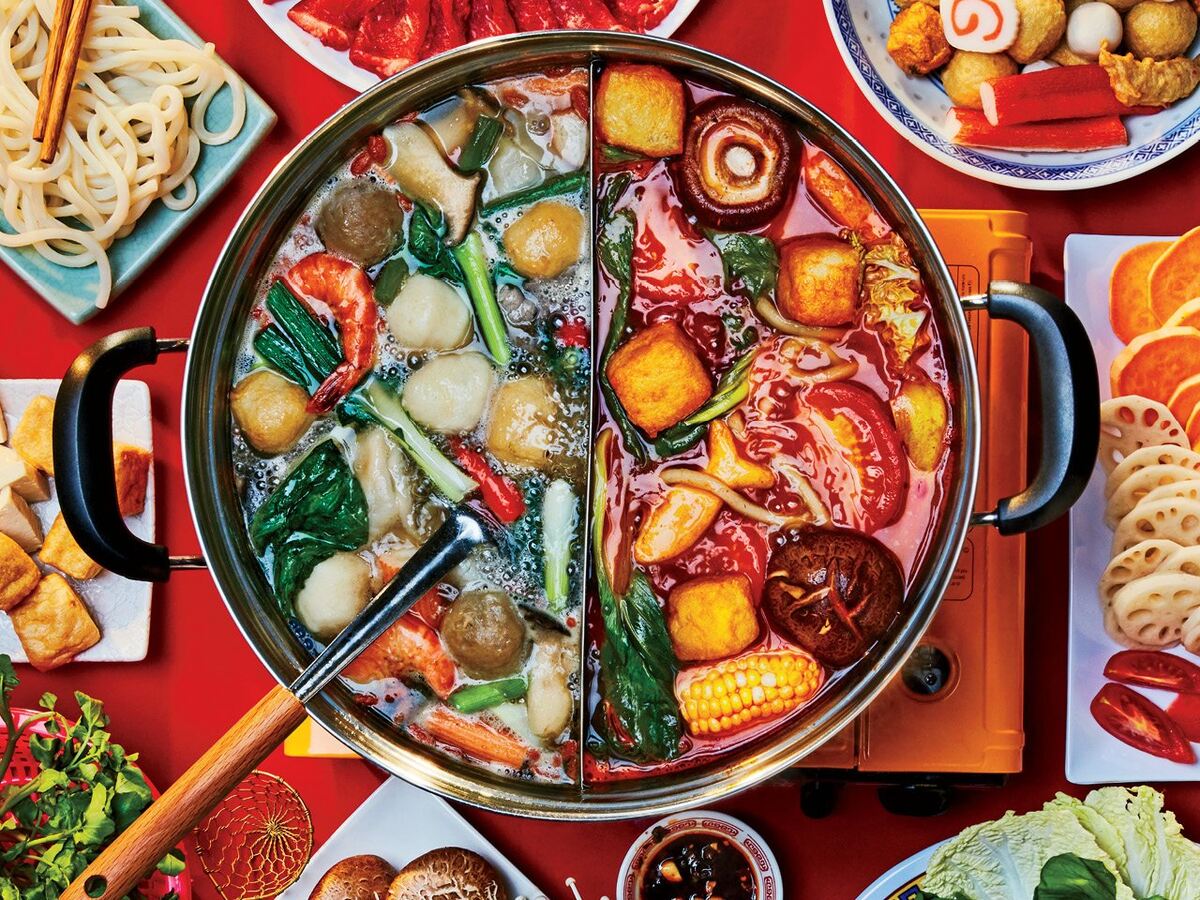
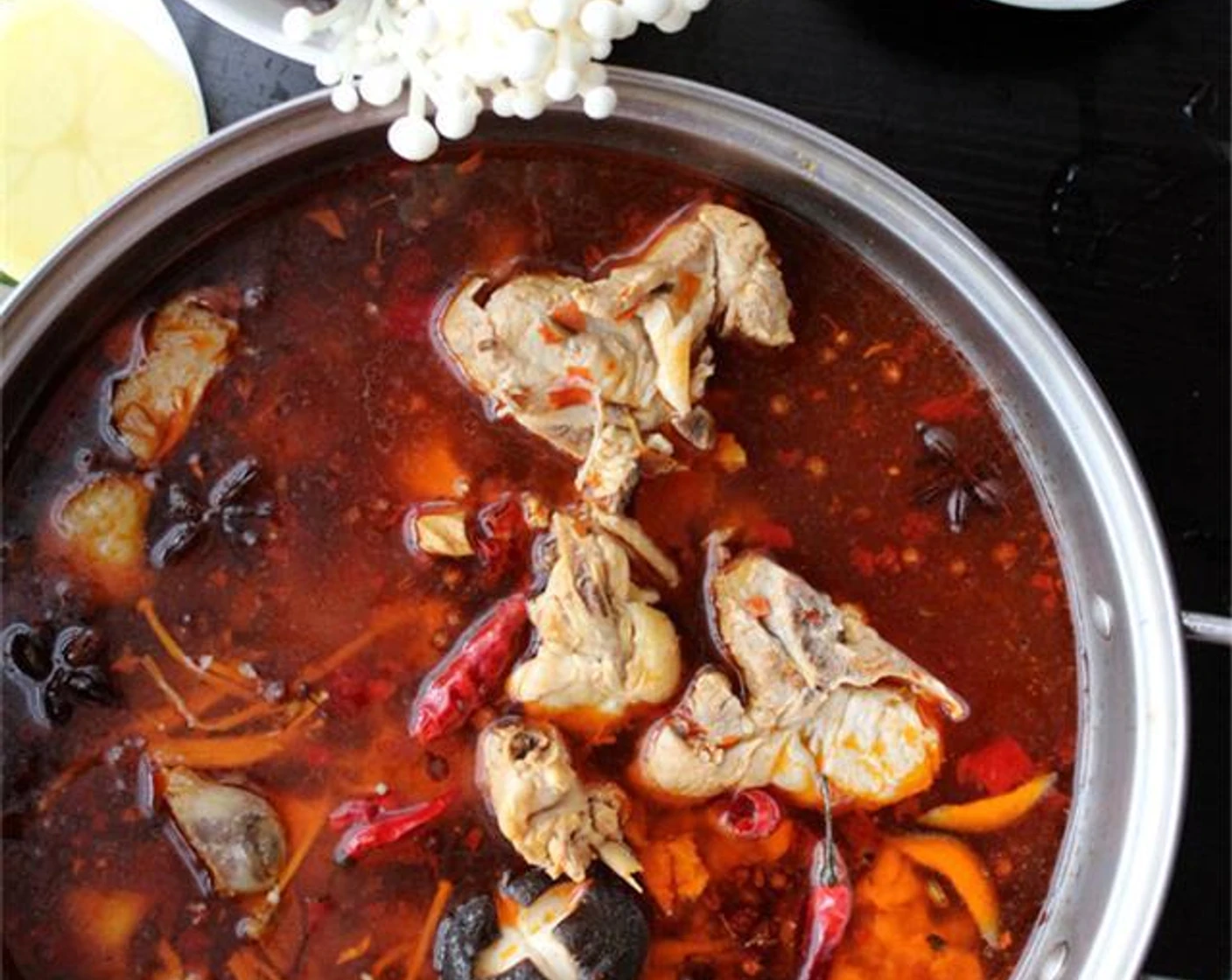
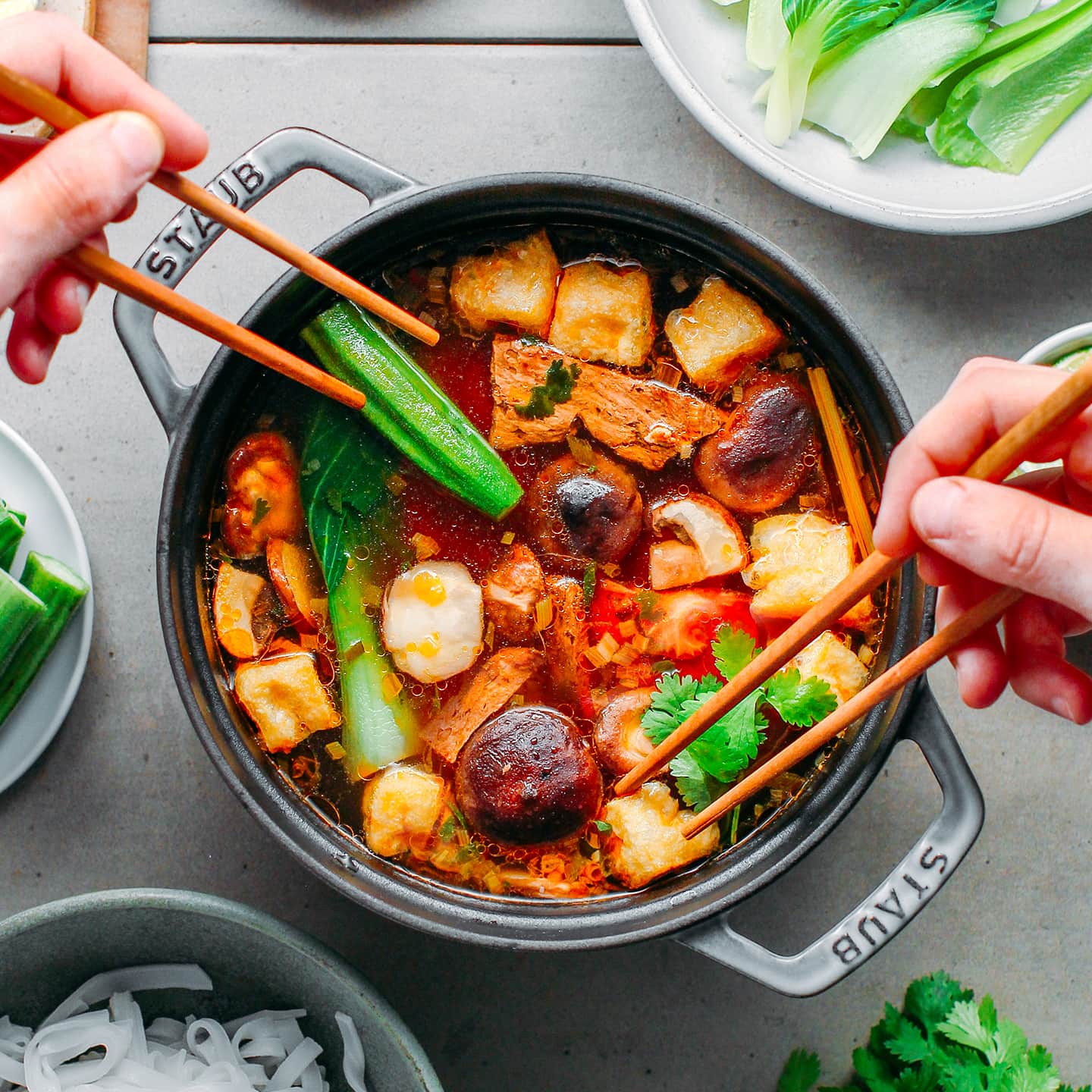
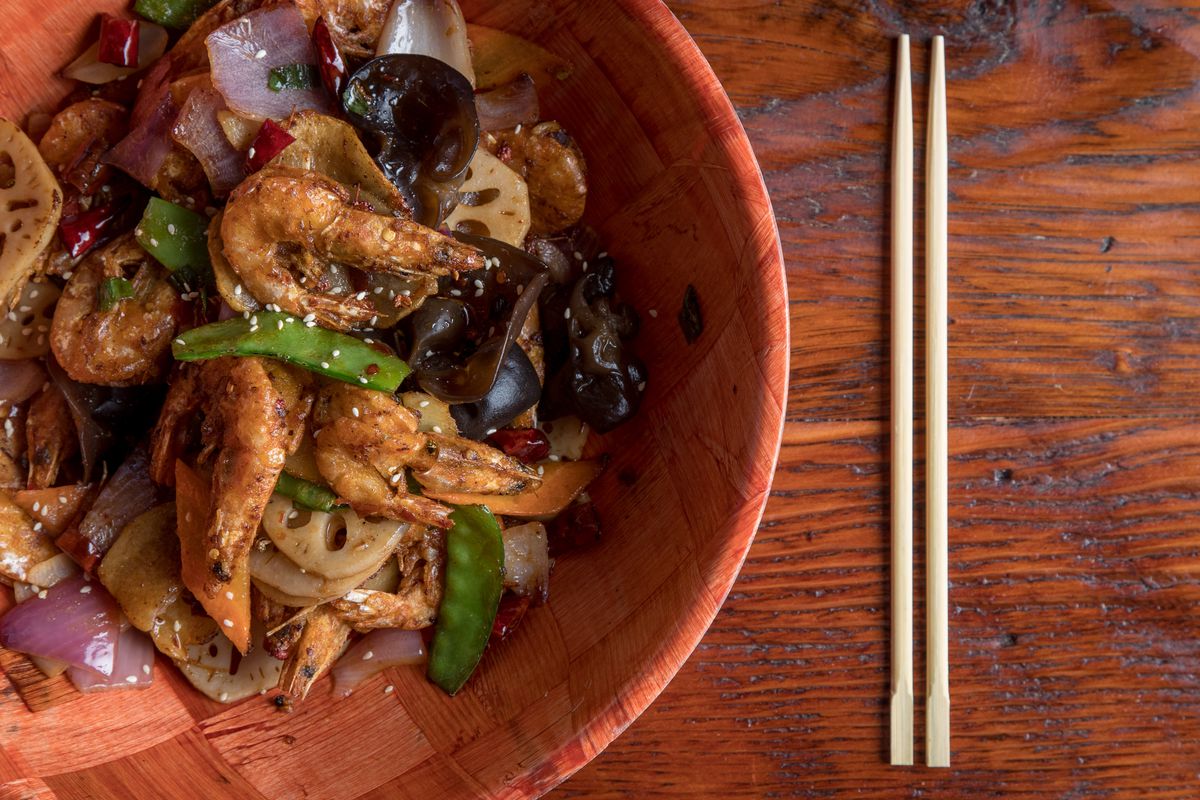
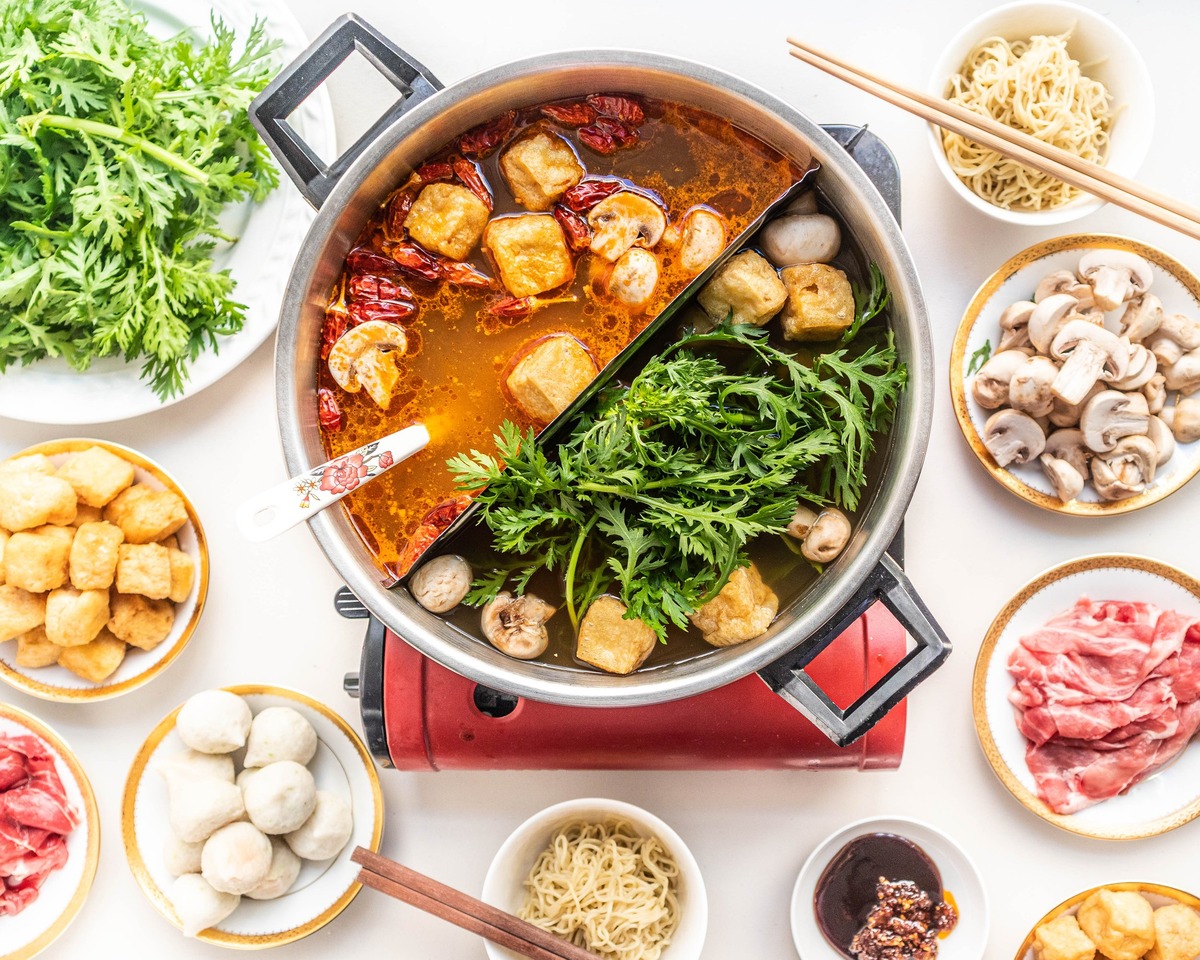
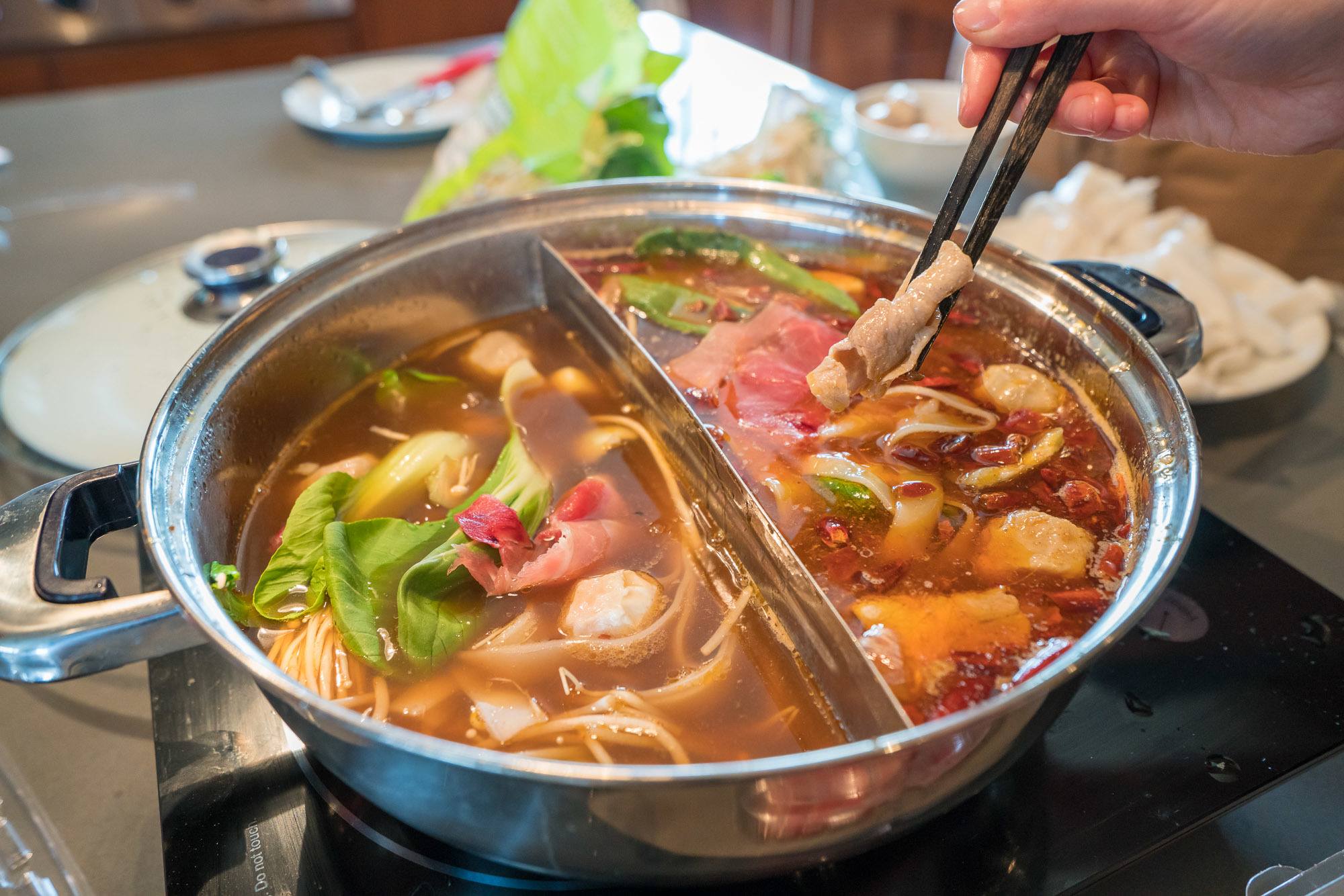
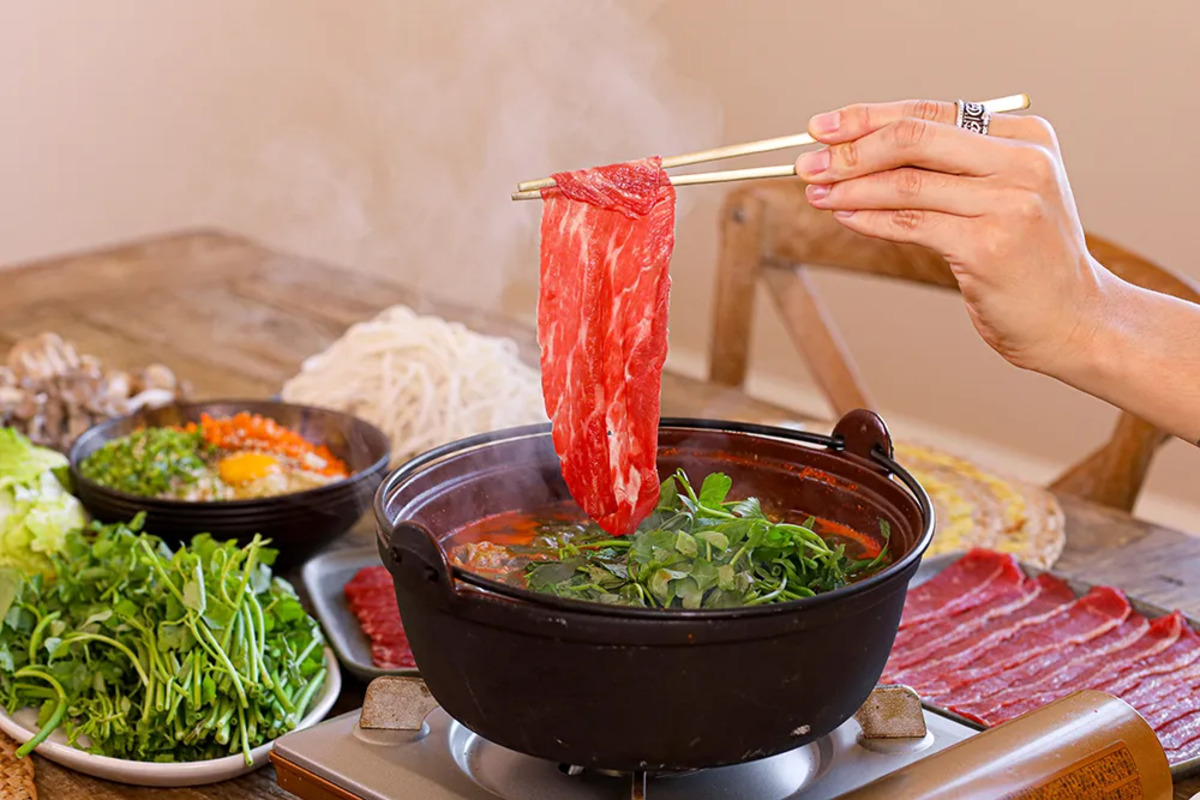
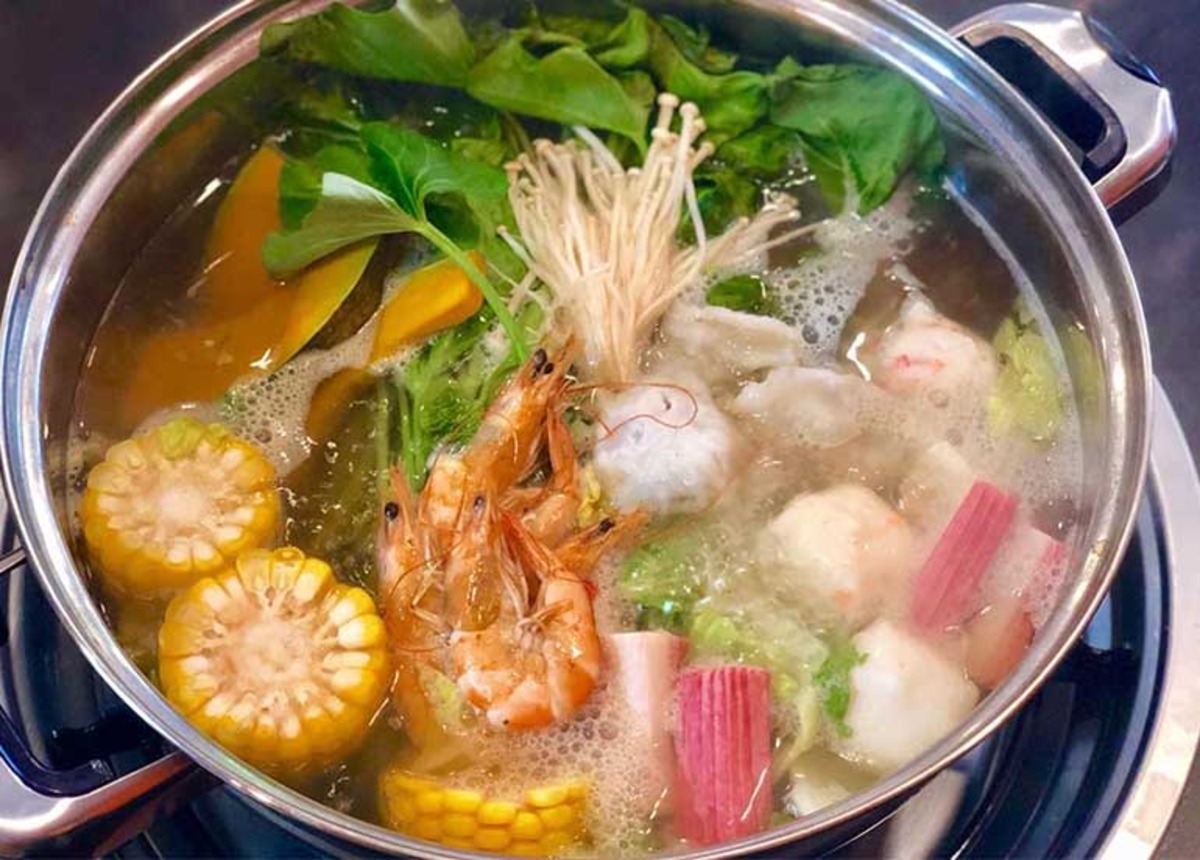

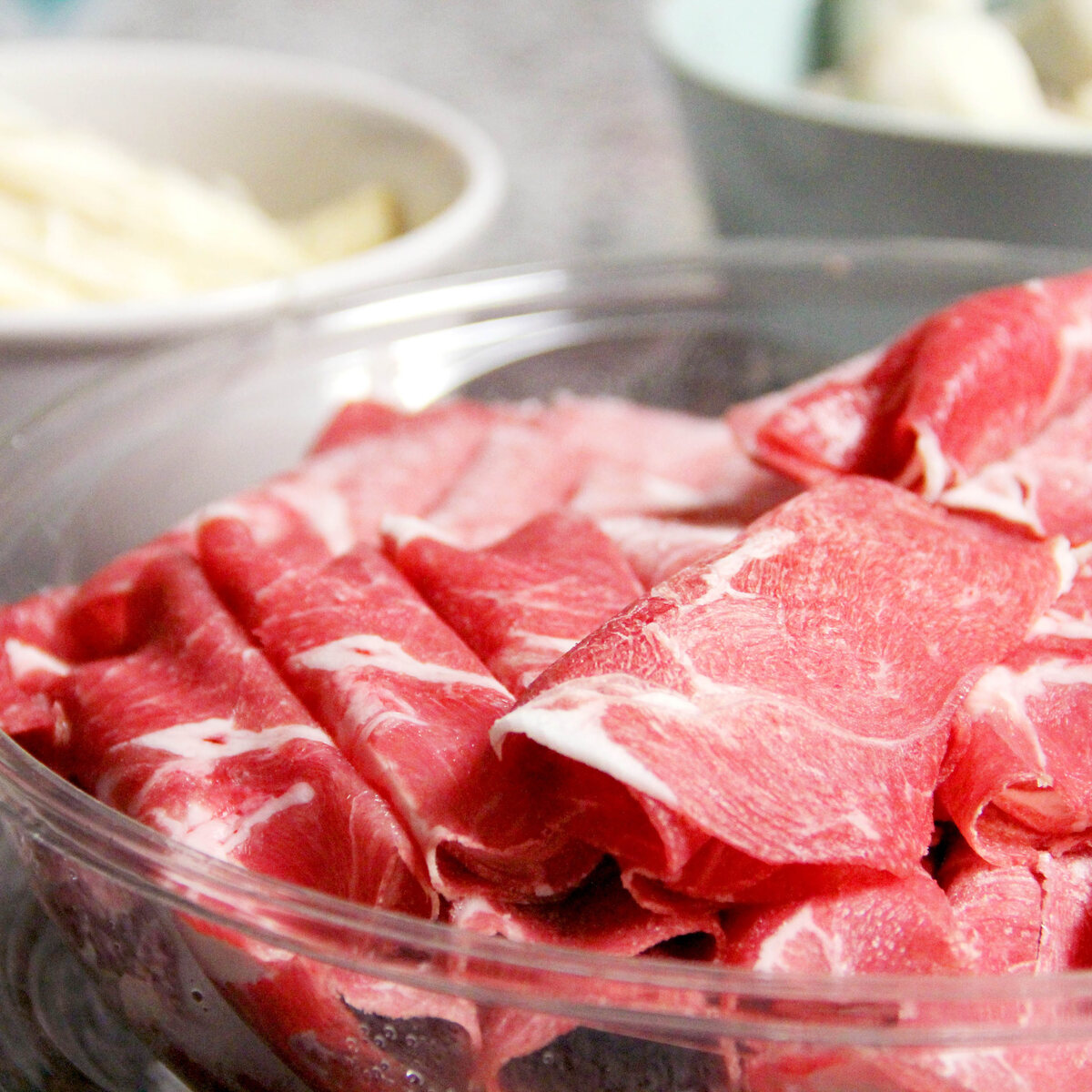
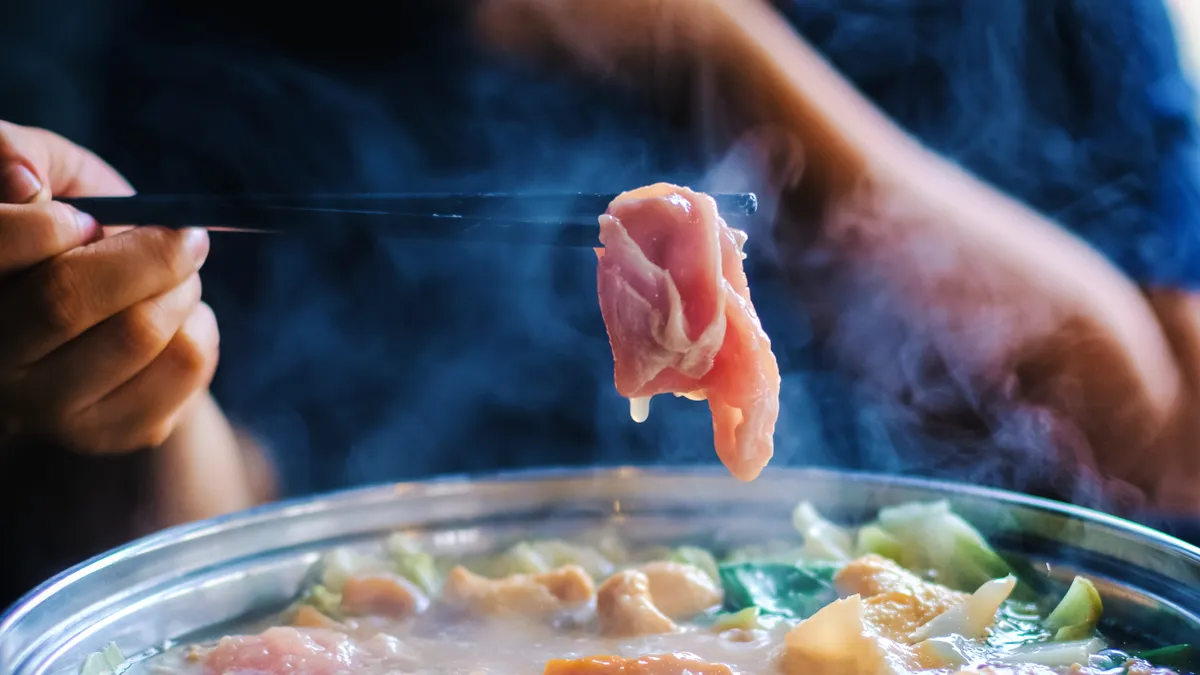

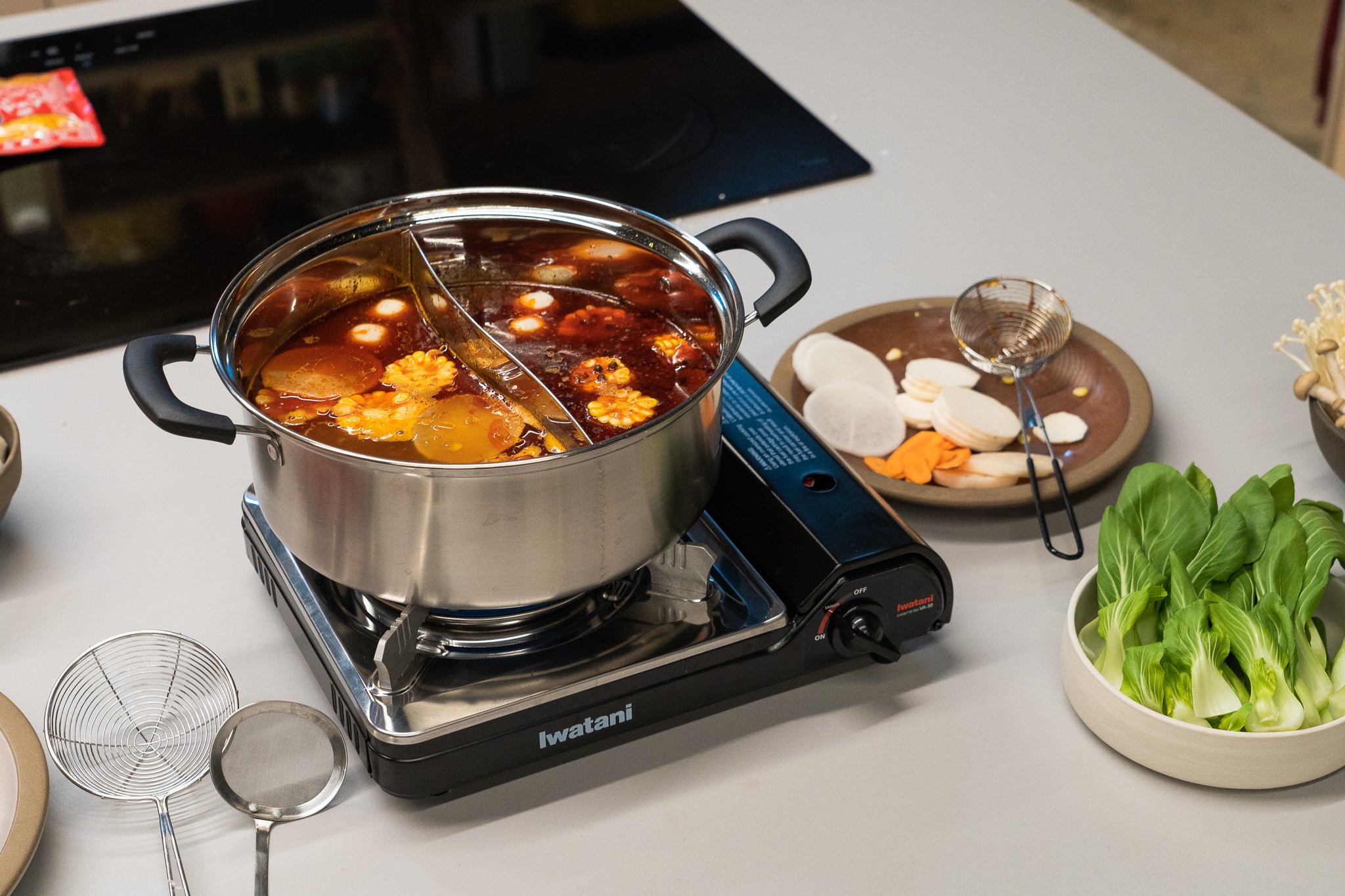

0 thoughts on “What Is A Hot Pot Restaurant”